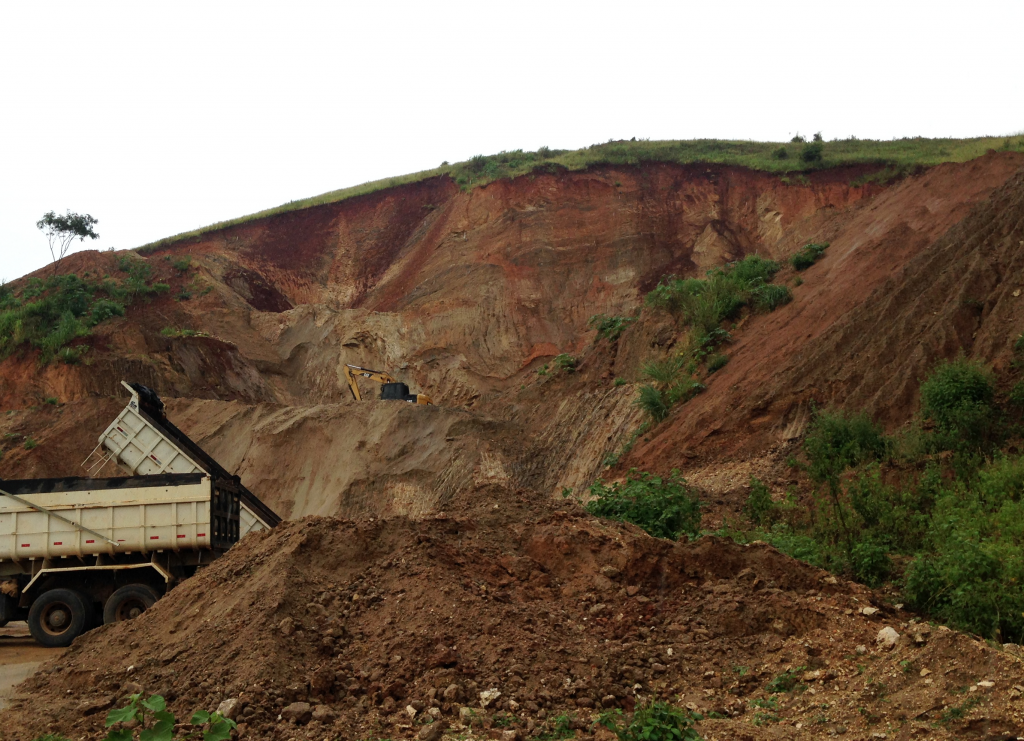Rev. Bras. Ciênc. Solo.2019;43:e0180105.
Comparison of the Casagrande and Fall Cone Methods for Liquid Limit Determinations in Different Clay Soils
02/Jul/2019
DOI: 10.1590/18069657rbcs20180105
Highlights
This paper describes comparative results of Liquid limits for fine-grained soils, determined by the Casagrande (LLc) and Fall Cone methods (LLp).
Variations on the investigated methods depend on the mineralogy of the clay soil and the hardness base of the Casagrande cup.
Smectites present greater dispersion between LLc and LLp values in relation to kaolinites and illites.
Statistical analyses of residues showed that empirical LLp-LLc correlations through a linear regression analysis should be used with caution.
Is necessary to investigate the influence of the base hardness on the LLc-LLp relationships for different mineralogies and range of LL values.
ABSTRACT
The liquid limit (LL) is an important parameter for soil classification systems. The use of the cone penetrometer technique for measuring the liquid limit is an attractive alternative method since the percussion method is highly operator dependent. In this article, the importance of specifying the procedure and equipment used to determine the LL of a clay soil is highlighted using LL test results conducted on different clay soils. The results of LL, obtained by the percussion method proposed by Casagrande (LLc) and by the penetration cone method (LLp) on clay soils of different geological origins and plasticity were compared. The LLp values were determined using the British cone (20 mm fall cone penetration) method. The LLc values were determined using different hardnesses of Casagrande apparatus. The LL test results show that variations on the investigated methods depend on the mineralogy of the clay soil and the hardness base of the Casagrande cup. The data obtained for kaolinites and illites minerals or low LL soils yielded LLp>LLc. The results obtained for smectite minerals or soils with high LL values indicated LLp<LLc and a greater dispersion among the results. Statistical analyses of residues show that empirical LLp-LLc correlations through a linear regression analysis should be used with caution.
719

